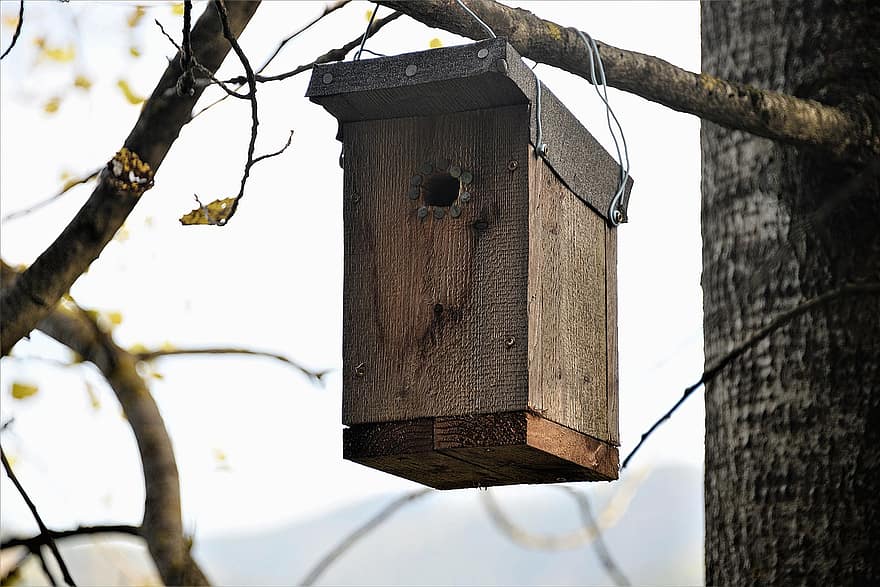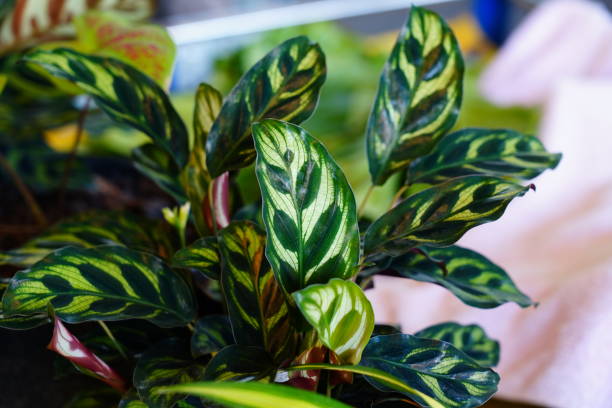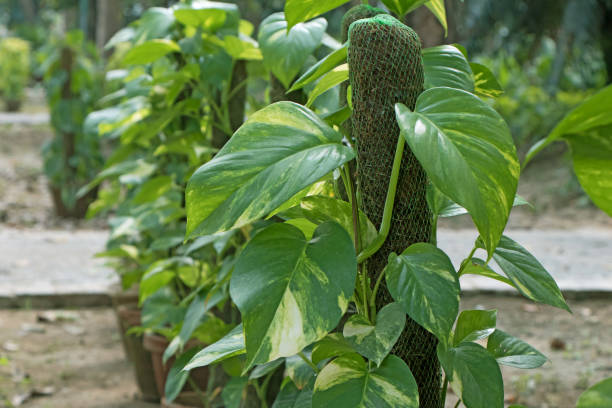Bird Roosting Box-A Cozy Winter Shelter For Birds

Did you know after the nesting season Bird roosting boxes can help in their survival? All the birders know the importance of birdhouses for nesting, roost-house is equally important. But how is a roosting box plan different than a regular birdhouse, and how can you add it in your yard?
Depending on the size of the flock, bird species and around a dozen birds can use one roosting box to use their body heat on cold winter nights. During winters Roosting boxes can improve the chances of survival for birds from sudden freezes and harsh weather.
What Is a Bird Roosting Box?
A roost box is like a birdhouse, that provides shelter to birds but with a different aim than nest building and raising hatchlings.
Roost boxes are made for birds to protect them from low temperatures, predators, and poor weather conditions by providing multiple cavity-nesting facilities at once.
Some Birds that use roost boxes frequently include:
- Downy woodpeckers
- Nuthatches
- Titmice
- Bluebirds
- Chickadees
- Wrens
Some other smaller species of birds that use birdhouses may also use roosting boxes. These roosting boxes can be very useful for birds when in need of emergency shelter in extreme conditions.
Bird Roosting Box Designs
Roost box outer design plans look very similar to birdhouses. In some cases, birds may even use an empty birdhouse as a roosting box even though it is not ideal. To encourage the birds to use a roosting box design in the following way:
- Less number of ventilation spots and drainage holes for more heat
- An entrance close to the bottom of the roost box instead of the top, this prevents heat loss
- Interior perches to facilitate large numbers of birds without being smothered
- interior mesh or scored walled to allow birds to cling and climb safely
- A hinged bottom, side, or top to facilitate easy cleaning
- A metal guard at the entrance hole to keep away the predators
- The size should be larger than a birdhouse to accommodate more birds
- Thicker walls of the roosting box to provide better insulation for birds in winter
A birdhouse can be converted into a roosting box easily, by simply making changes in nesting shelters. For instance, the panel of a birdhouse can be flipped to change the entrance hole, using tapes to block drainage and ventilation holes. Adding a few wood shavings at the bottom of the roosting house for improving insulation in cold weather.
Roosting Box Placement
The ideal place for the placement of Birds roosting box is in a well-protected area from winter winds. If the roost house gets some sunlight, it will retain the warmth and heat for a longer time, and it will be more welcoming for birds.
Try to face the roost house entrance towards south to get more heat. The appropriate height for a roost box depends on the species of birds, but, ideally, it should be mounted at least 15 feet from the ground. If you are planning to mount it on a pole, use baffles to keep away the predators and wildlife away from the roosting box.
Where to Buy Roost Boxes
You can find a selection of roost boxes in many nature and wild bird stores. there are many convertible birdhouse designs that can be turned into a roost boxes during winter. You can even look for a roosting bird box online.
Roost boxes and birdhouses are very similar; hence you can buy a birdhouse and make the necessary modifications for turning them into a winter shelter.
More Roosting Box Plans and Tips
To make your roost box safe and attractive for birds, follow these simple tips:
- Add one more entrance area in a large roost box to help birds exit quickly if they feel threatened or are ready to look for food.
- Add a layer of small wood chips or moss at the bottom of the roost box to allow better insulation and make it comfortable. This will also make the cleaning job easier for you.
- Use non-toxic paints to paint the box with a dark color to retain the heat. Do not paint the interior of the box.
- Choose a roosting bird box with the size of the entrance hole that is appropriate for your bird species.
- A 1 ½ inch hole is perfect for small birds.
- Add caulk or tape to the seams of the roosting box to minimize cracks leading to heat loss. Birds can reduce the body temperature about 10-15 degrees to conserve the energy during cold nights, in such conditional even a small crack can be fatal.
- Clean the roosting house periodically to get rid of shed feathers, feces, and other debris. You should clean the box only when it’s not in use and make sure to dry it properly to make it ready to use for birds at night.
Final Words:
A bird’s roosting box provides a safe and warm shelter to a flock of small nesting birds, especially during colder nights. Roosting boxes are popularly used during winter; if you have a properly designed roosting box hung in your backyard, you will notice flocks of the bird using it every night through the year. Let us know in thee comments below what species are your backyard birds that house in the roost or birdhouse.






